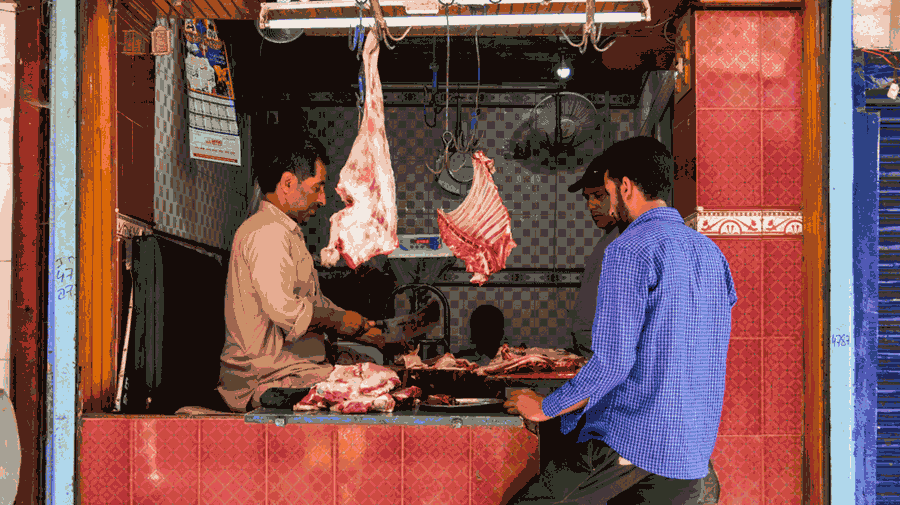Sir — The Bharatiya Janata Party-led South Delhi Municipal Corporation is planning to make it mandatory for restaurants and meat shops in its jurisdiction to prominently display whether the meat they are serving is halal or jhatka. The proposal goes on to state that consuming halal meat is forbidden and against religion in Hinduism and Sikhism. This is ridiculous and a clear effort to push one community further to the margins. Once this comes into effect, fewer restaurants will serve halal meat for fear of violence; meat can mean the difference between life and death in India. The BJP is trying to rid the public sphere of members of the largest minority community.
Somnath Das,
Calcutta
Murderous plot
Sir — On December 9, a young Indian bison wandered into a quiet housing complex in Pune, which is at the foothills of the Western Ghats, a primary inhabitation of the animal also known as the gaur. Some hours later, it was dead. A large crowd, which arrived owing to messages circulated on social media and curiosity, surrounded the rescue teams. This hampered the operation and stressed the gaur, reportedly leading to its death. The RESQ Charitable Trust, which helps in wildlife rescue missions in and around the city, alerted the forest department, and the police, Pune Municipal Corporation staff, and fire department officers also reached the location by 8 am. The plan was to tranquillize the gaur. But one of the area’s tranquillizer guns was in neighbouring Solapur for an operation to capture a man-eating leopard. Why are there inadequate tranquillizer guns? Will a wild animal wait for scant equipment to be transported from one city to another? This highlights that the forest department is not just short of manpower but also has a severe paucity of funds.
What is worse, available forest staff and other authorities had no idea how to deal with the situation. First, there was a paucity of personnel — how can a handful of policemen control a crowd of hundreds, all trying to click pictures of the animal or attempting heroic stunts of their own? There was no coordination among them either. At a time when more animals are being driven into human inhabitation because of encroachment on forests and their natural habitats, forest departments and civic authorities must be trained in the drill to manage such situations. This is especially true of places where animal corridors or wildlife ranges exist nearby. The local population in such places must be sensitized as well.
The media, instead of shedding light on the situation, made matters worse by sharing live locations of the gaur. While rescue operations are in progress, both the people and the media must be kept back. There are rules regarding this when it comes to rescue operations involving humans; why are laws not framed when it comes to animals? Crowds scare the animals which either attack or suffer and even die from anxiety. It is clear that urban spaces and authorities are not equipped to deal with the wild. Yet, the two are likely to increasingly cross paths. One hopes this unfortunate incident imparts a lesson.
A.K. Sen,
Calcutta
Green season
Sir — Hearteningly, this year, lots of people apparently chose to rent a Christmas tree rather than buy real or artificial trees. Trees are rented and taken home in pots and returned to sustainable farms in pots so that they can be replanted the next year. With the advent of social media and the resultant penchant to flaunt how one is celebrating to the world, the Christmas tree market has expanded. Christmas tree farms are taking up more space and encroaching on agricultural land as well as natural ecosystems. Those who buy plastic trees need to use the same tree for at least 10 years to leave a smaller carbon footprint than those cutting down real trees.
People once planted the trees they used in their backyards. With space crunch and population explosion, more trees are now headed to the landfill after the festive season. People should also try using edible ornaments and avoiding packing paper. Christmas must be saved from becoming an environmental nightmare.
Jharna Roy Chowdhury,
Calcutta










